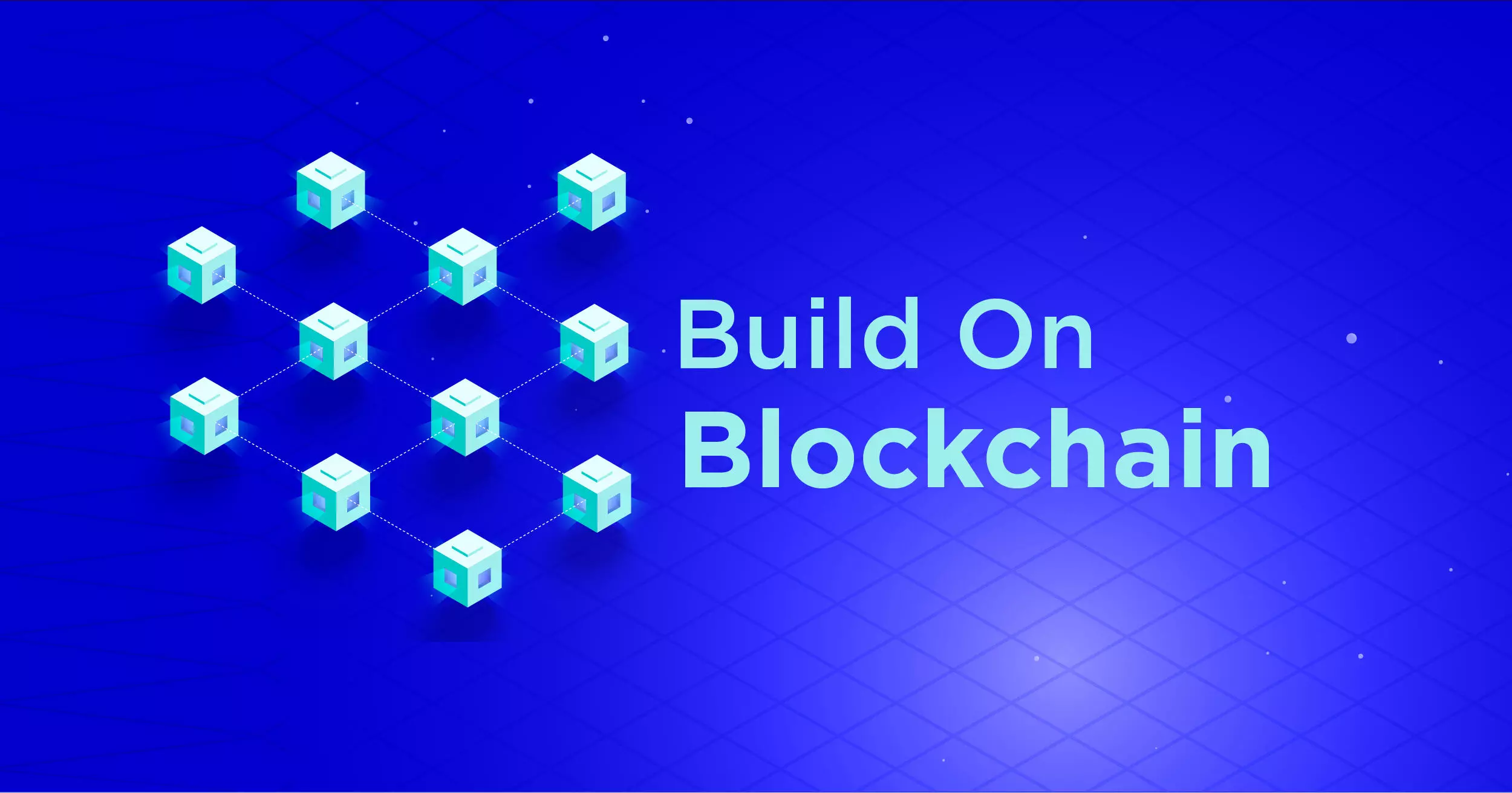
- Home
- Technology
- Trust That’s Baked Into Tech
Trust That’s Baked Into Tech
In a country where paperwork often weighs more than the actual product you’re buying, blockchain offers a system that doesn’t need “trust” because it’s designed to be trustworthy.

“I ordered an iPhone, but got a bar of soap.”
At least one such story must have crossed your path. The latest one surfaced in March this year where a customer from Delhi received a soap and a packet of biscuits instead of the phone he ordered.
From unscrupulous builders to fly-by-night chit funds, most of us have been at the receiving end of misplaced trust though the system depends a great deal on paperwork, notarised documents, and signatures.
Despite these layers of assurances and security, frauds just keep getting slicker.
Math Nerd to the Rescue
But what if there was a system where you didn’t need to trust anyone blindly because assurance and trust are built into it?
Enter: Blockchain.
Unlike the traditional system that gives a great deal of weightage to humans and their declarations, blockchain trusts math and logic.
Let’s break it down:
Blockchain is like an online notebook where everyone can see what’s written, but no one can erase or modify anything once it’s in there.
You may also think of it as a family WhatsApp group, but where no one can delete or edit messages or spread fake news.
How India Benefits From This
In India, we’ve been trained to double-check everything. “Show us the original document.” “The stamp is missing.” “There is a signature mismatch.”
Blockchain can obviate the need for double-checking because once data is recorded on the blockchain — your identity, your certificate, your ownership — it’s there forever. Securely.
Similarly, it can also track every step of a medicine's journey from factory to pharmacy, where each batch gets a tamper-proof digital footprint.
As a result, when you visit a pharmacy to buy a tablet, you can verify its authenticity. The system flags it if the medicine's record is incomplete or someone has modified it.
You could think of it as the medicine’s passport that gives detailed information about where your medicine has been.
Let’s take another example: government subsidies.
There are multiple middlemen between the government and the person who needs the money. Blockchain lets the benefit go directly to the right person, at the right time.
You may be wondering that Direct Benefit Transfer, or DBT, is in place and subsidy money is already being sent directly to the beneficiaries’ bank accounts. So, isn’t DBT doing what blockchain would?
The fact is that DBT does aim to reduce intermediaries by sending subsidies directly to the bank accounts of eligible recipients, but the system still involves centralised actors.
In DBT, there are still government agencies, banks, and sometimes other intermediaries that oversee the transaction process, ensuring eligibility, compliance, and processing.
For example, banks themselves could be prone to inefficiency, delay, or in some cases, corruption or misuse, depending on the system’s maturity and the level of transparency.
In that sense, blockchain will bring about the true elimination of all middlemen.
Is It Foolproof?
You need to know one thing: blockchain isn’t magical. Its efficiency, or the lack of it, is determined by how you put in the data. If you put in the wrong data, it will stay that way for good.
The beauty of blockchain is that it does what it’s programmed to do. So as long as you feed it correct information, it gives you correct results—instantly.
Final Thoughts
In a country where paperwork often weighs more than the actual product you’re buying, blockchain offers a system that doesn’t need “trust” because it’s designed to be trustworthy.
Let’s now go back to what we started with: online shopping frauds.
In a blockchain-based system, when you order a phone, the seller’s promise and your payment are both locked in a digital contract.
The money is only released after the delivery is confirmed via barcode, shipping logs, or user confirmation. If a soap shows up instead of the phone, no payment goes through.
That means no cheating, no chasing and no drama. Just trust that’s baked into the tech.
This series is brought to you in partnership with Algorand.
In a country where paperwork often weighs more than the actual product you’re buying, blockchain offers a system that doesn’t need “trust” because it’s designed to be trustworthy.
In a country where paperwork often weighs more than the actual product you’re buying, blockchain offers a system that doesn’t need “trust” because it’s designed to be trustworthy.

